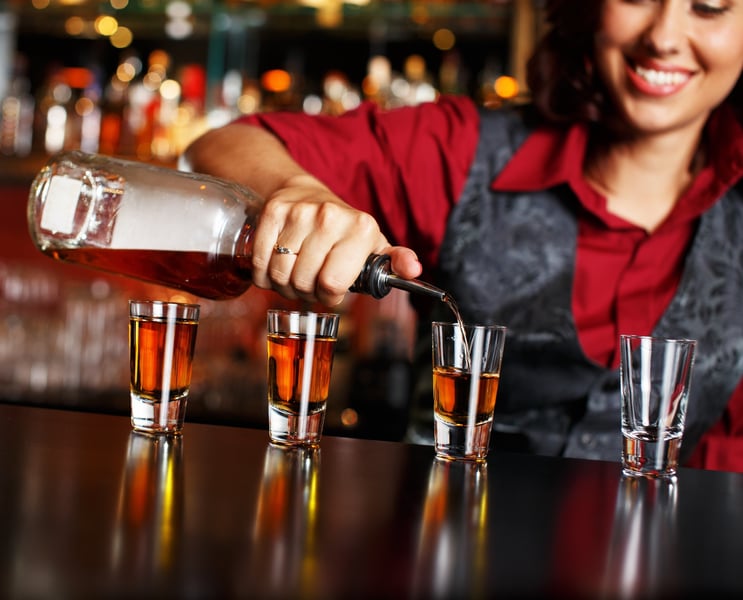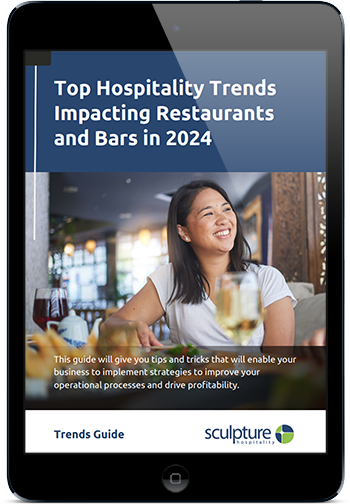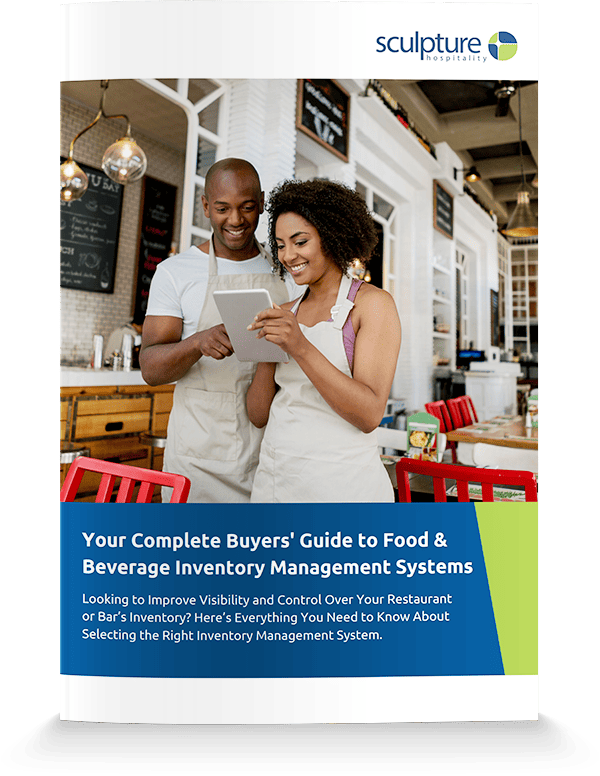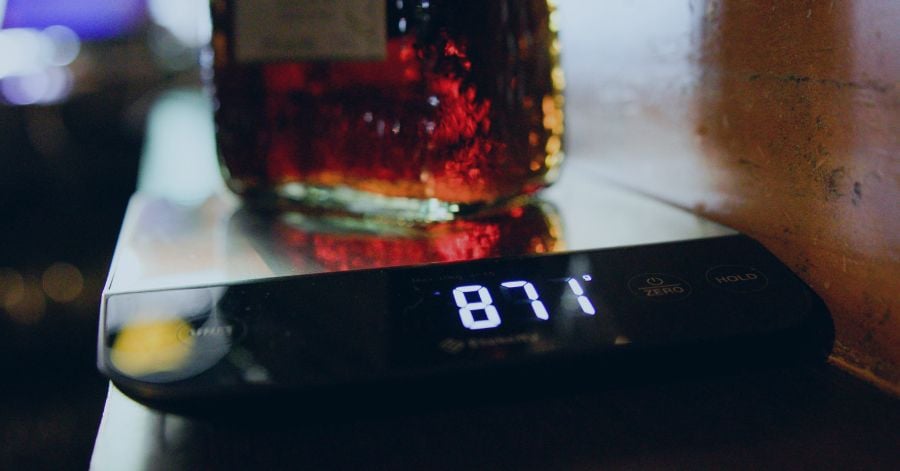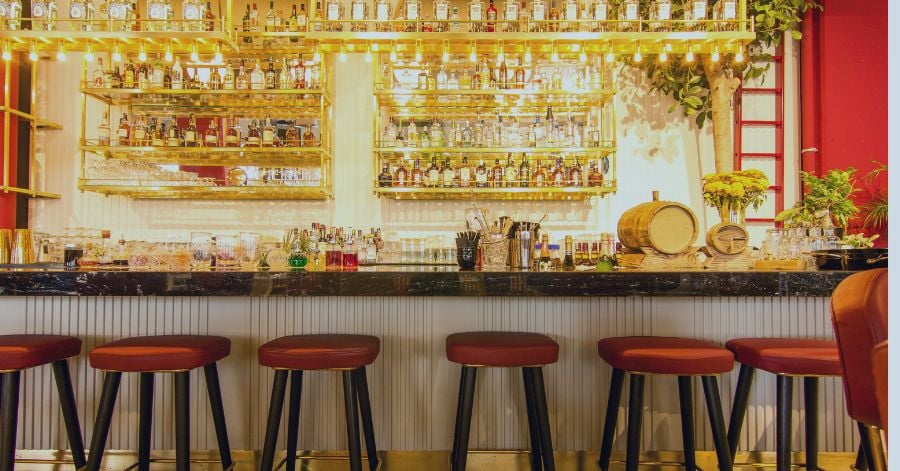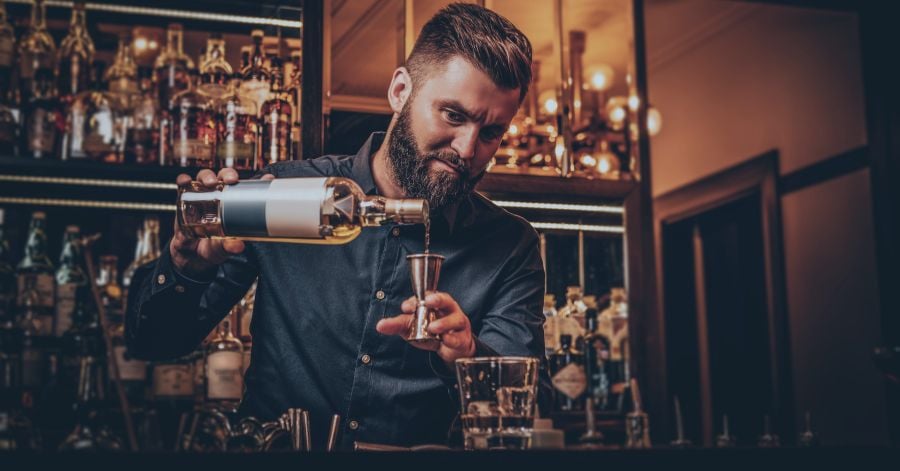What’s a good number? I can’t begin to tell you how often I get the question. In our day-to-day operations, or out and about, at a convention, even at a party. When someone finds out what I do, they ask “What’s a good number for (blank)?” I also get inquiries from operators, owners, industry people and vendors. So here are some of my answers to the more commonly asked questions.
The biggest areas of cost for a restaurant are inventory cost, labor costs and occupancy costs.
Occupancy costs, for the most part, are fixed in the 5% to 10% range of gross sales. Once the lease or building and land is purchased, that’s it. You might have a lease that has a small amount tied to a percentage of sales and, of course, there are repairs and taxes. But for the most part, those amounts are fixed and predictable.
This does mean that if you sign a lease and your sales aren’t up to your expectations, you are going to be in a world of hurt. And if you own the building outright, then this number could be as low as 2% to 3%.
Labor costs are both fixed and variable. This means that some of your labor is based on salaries of management or support people such as a general manager, assistant general managers and chef, and some, such as servers and bartenders, is variable based on the level of sales. Overall labor costs are in the 25% range, with it broken down by front of the house at 6%, management at 6% to 7%, and back of the house at 12%.
Pay for a general manager is, of course, based somewhat on the size, sales volume and scope of the business. But it seems that $45,000 to $60,000 (and possibly bonuses) seems to be the range.
And finally, there is inventory cost. This number varies by sales volume and is usually expressed or analyzed as a percentage of sales. It can vary by the product mix of the operations.
Cost of sales percentage:
• Food: 25% to 35% depending on the style of the restaurant and product mix. A steak place is usually higher and an Italian restaurant serving lots of pasta or a pizza place are usually lower.
• Beverage: 15% to 35%. This number depends on the style of the venue and the product mix. For example, a gentleman’s club or night club in a large metro downtown area might be in the low to mid-teens, while a neighborhood bar might be in the low 30s percentage. Sports bars tend to sell more beer (particularly bottle beer), so their percentage is higher, especially if it’s domestic bottles. Average overall for my 100 or so clients in Columbus is about 27%. And remember, the ideal numbers and actual numbers are ever changing from one period to the next.
The final number is net profits before taxes. This number is usually in the 5% to 15% range, but I have seen it as high as 25% or so. Usually this higher number is just for bars with very little food.
The two most prevalent pour sizes in the great state of Ohio are 1.5 ounces at 50% of the bars and 1.25 ounces at 40% while 10% use other numbers, with a low of .75 ounce to a high of 2.75 ounces. Martini pour sizes vary between 2 ounces and 6 ounces. Rocks pour sizes are usually half an ounce.
Wine pour sizes are 5 ounces (five glasses to a bottle), 6 ounces, 6.32 ounces (four glasses to a bottle) and 7 ounces. I have also seen others. Those numbers are random based on the owner telling me they pour to a certain place on their glassware.
Draft pour sizes arise from a combination of the glassware used and the ABV of the beer. Higher ABV beer usually is poured in a glass containing 8 to 11 ounces, while most draft beer is served in “pints.” But the glass pints are never 16 ounces. Those standard pint glasses usually hold 14.5 ounces of beer, with a high of 15 ounces and a low of 12.5 ounces. The glassware can be deceptive with the bottom being thicker or not so thick and the shape of the glass. Larger glassware is often used with the pour size averaging out to 20 ounces. That glassware is usually advertised as 23 ounces.
Chuck Deibel is a Regional Director for Sculpture Hospitality. He may be reache d via LinkedIn by clicking here
d via LinkedIn by clicking here
* Article originally published in the May 2, 2017 issue of Ohio Tavern News

